Premium Only Content
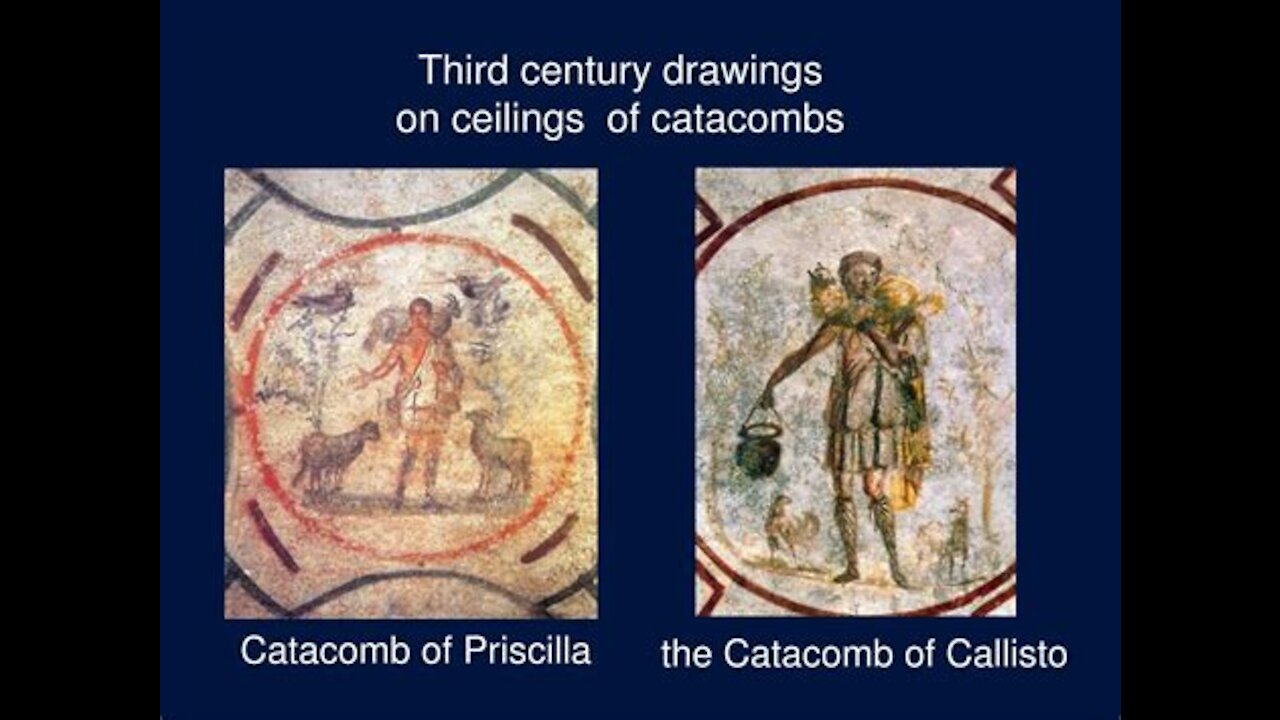
Catholic Art What is it? V
Reformation, a return to Iconoclasm 1500’s new waves of image destruction led to Baroque and Rococo styles emphasizing beauty as a transcendental. The gold flourishes remind the viewer that the glory of God is present even if hidden just as it was in the figure of Christ.
Ex/ Fransiscan Monastery in Washington DC
Poverty of spirit. Few called to live poverty of body.
True sons & daughters, royal, human dignity, lory of God present at all times.
Our Blessed Mother in her humility, magnifies the Lord
Churches as truthful as the Blessed Mother, truly humble
Mozart had not created the Magic Flute just Twinkle Twinkle. It is lie if he did not.
Poor does not like drab any more than the wealthy. True mirth in poor can enjoy the beauty in the small things.
Poverty is not plain.
3 Transcendentals, the good, the true, and the beautiful TA Origin, sustenance, completion in God
VII. Beauty versus fashion, in the matter of taste there is no dispute Latin phrase
Use a dissertation by Christopher Scott Servier 2012[1]
Secular institution UC Riverside
Abstract “Aquinas has defined beauty, provisionally, as “that which pleases when seen.” This study is structured around the three key components of the definition: (1) the things themselves, including the formal constituents of beauty found in things, (2) Aquinas' philosophical psychology of perception, and (3) desire and pleasure.”
Sevier continues, “Aquinas holds spiritual or moral beauty to be his primary aesthetic concern”
Finally, I agree with Sevier statement that,” Aquinas' thought is significantly more Platonic than Aristotelian.” In my opinion, this would be due to Aquinas’ understanding of formal cause.
Formal cause can be defined by Aquinas in three ways[2]. Point three is what I think most closely pertains to the concept of beauty.
““the nature or definition of a thing,” that is,what-it-is-to-be S.The formal cause of a primary substance xin this sense is the substance-sortal that picks out what x is most fundamentally or the definition of that substance-sortal. For example, for Socrates this would be human being, or, what-it-is-to-be-a-human being, and, given that human beings can be defined as rational animals, rational animal.
is that which is intrinsic to or inheres in x and explains that x is actually F.
the pattern or definition of a thing insofar as it exists in the mind of the maker.Thomas calls this the exemplarformal cause.
“For Thomas, following St. Augustine, some of the ideas of God are exemplar formal causes in this sense, for example, God’s idea of the universe in general, God’s idea of what-it-is-to-be a human being, and so forth, function, as it were, as plans or archetypes in the mind of the Creator for created substances.”
The plan or archetypes in the Mind of the One Plato might call ideas or forms and the conforming of the human mind to the eternal mind gives rise to that what pleases when seen.
Art in sense of statue all forms of art theatre, opera, books new
Ex/ Ghost Busters yet another churning. Move further from mind of God less creative. Further from God, more like Satan one becomes in aspect is counterfeit.
Nothing truly imaginative presented to us. Caveat Plato must be subservient to moral truth because of grave danger occur in human person.
[1] https://escholarship.org/uc/item/7d25w3x9 accessed October 8, 2021
[2] https://iep.utm.edu/aquinas/#SSH4ciii accessed October 8, 2021 Internet Encyclopedia of Philosophy, A Peer- Reviewed Academic Resource
-
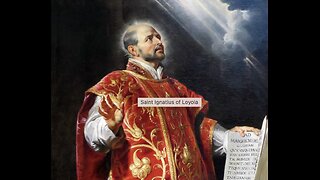 11:24
11:24
Fides et Ratio
1 year agoIgnatius’ Rules for Discernment Journey to God II
45 -
 49:41
49:41
BonginoReport
7 hours agoKristi Noem Honors Angel Mom After Son's Brutal Murder - Nightly Scroll w/Hayley Caronia (Ep.23)
126K55 -
 45:22
45:22
Stephen Gardner
5 hours ago🔥WTF! Dan Bongino’s CRYPTIC ARREST message!
76.3K66 -
 1:30:16
1:30:16
2 MIKES LIVE
7 hours ago2 MIKES LIVE #203 Lone Survivor with Donna Axelson and Adam Flynn!
50.2K -
 1:18:49
1:18:49
Kim Iversen
8 hours agoEXPOSED: Inside Tim Pool’s Secret Meeting with Netanyahu | Trump’s Tariff Gamble: Boost for America or Death Blow?
166K292 -
 5:28:29
5:28:29
Biscotti-B23
9 hours ago $1.28 earned🔴 LIVE GETSUGA GAUNTLET 🔥 TRAINING FOR RANKED ⚔ BLEACH REBIRTH OF SOULS
41K1 -
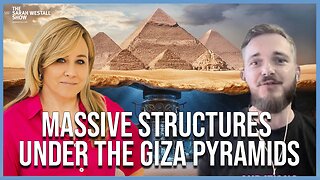 1:19:00
1:19:00
Sarah Westall
5 hours agoMassive Spiral Structures Found Under Giza Pyramids, Advanced Ancient Societies w/ Jay Anderson
86.9K20 -
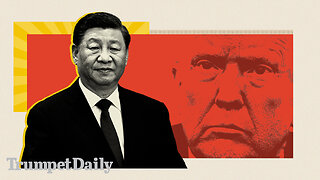 54:32
54:32
LFA TV
12 hours agoStrongman Stare Down | TRUMPET DAILY 4.9.25 7PM
81K11 -
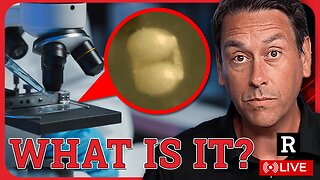 1:35:31
1:35:31
Redacted News
8 hours agoBioweapons over America? U.S. Geo-engineering caught raining mysterious objects over U.S. | Redacted
203K291 -
 1:19:20
1:19:20
vivafrei
10 hours agoCanadian Government & Courts Denying Military Jab Injury Compensation? Trump Pronouns "No Thanks"?
134K40